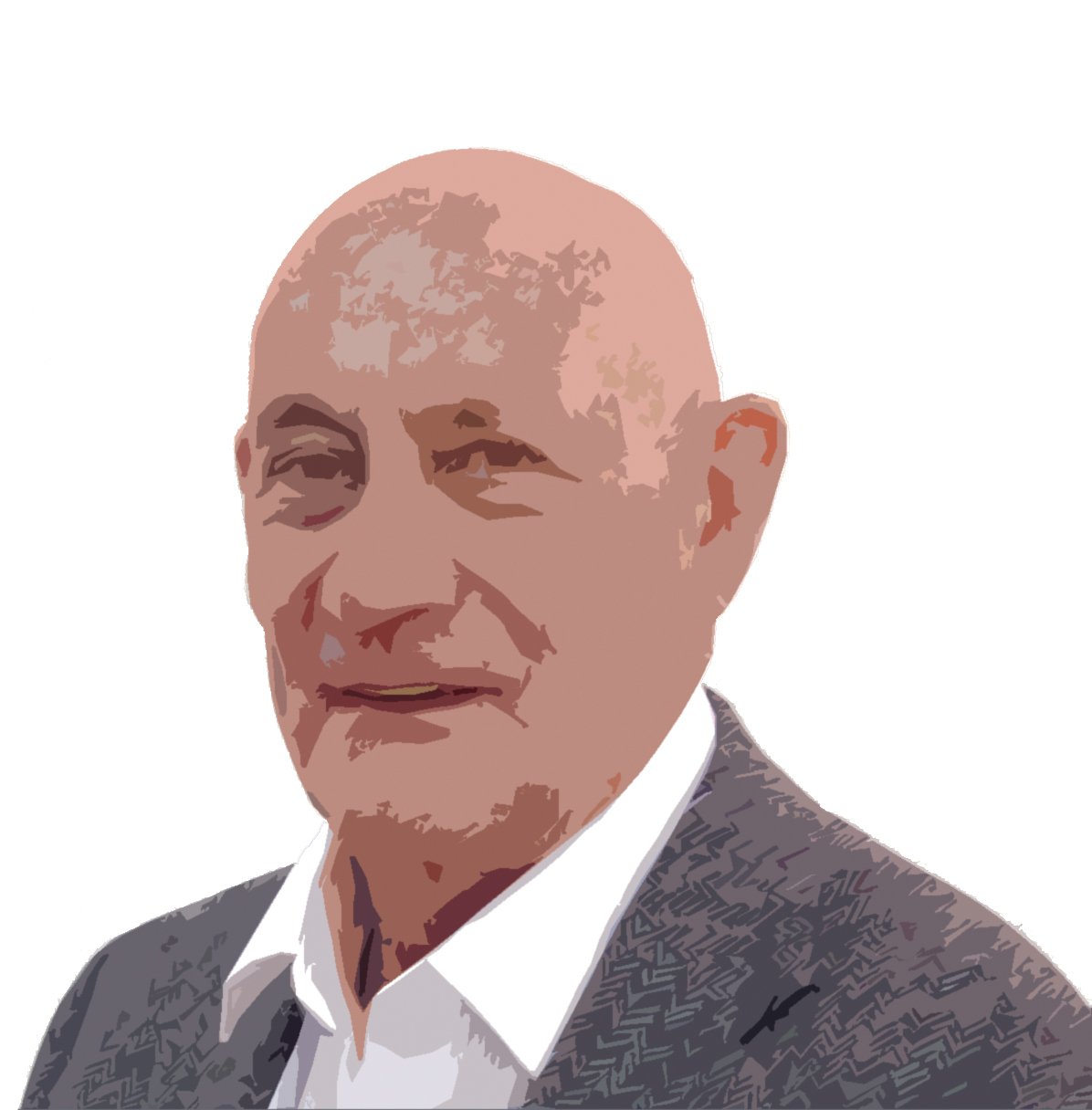David Francis is a hands-on mason who has specialised for many years on the memorial side of the stone industry. He was Technical Advisor to the National Association of Memorial Masons, writing manuals and City & Guilds Qualifications. If you have an issue regarding any aspect of memorial masonry, David is happy to help. Send your questions or comments to David at nss@qmj.co.uk
Why do memorials go out of level?
Looking round a burial ground full of memorials, especially the older ones, some of the headstones lean all over the place, while others are still upright and level years after they were erected.
Before I talk about memorial foundations, the ground the monument stands on must be considered.
A cemetery has hundreds of graves excavated and they are often poorly filled after the burial.
The grave digging may not be all that accurate and sometimes the soil between the grave being dug and the next grave collapses, creating a substantial area of unstable ground.
The grave must be allowed to settle for a time before the fixing work for a memorial commences. This can be up to a year. The ground should be well consolidated to provide as much stability as possible.
The memorial mason must prepare the area where the memorial is to be erected and assess how stable the ground is, assuring that it can take the weight of the structure.
The foundation is a platform on which to build a memorial. It must be strong enough to take the weight of the structure and large enough to keep it stable. All foundations must be larger on plan than the area of the memorial. And where possible, the foundation should be wider than the dug grave it is placed on.
A monolith headstone does not need a foundation, but is fixed into a shoe below ground level. This lowers the centre of gravity.
Lawn memorials should be fixed on undisturbed ground if possible. When a memorial is placed over a dug grave the foundation should be wide enough to span the dug area and rest on undisturbed ground.
For full grave memorials, the foundation, often referred to as a landing, is usually a one-piece pre-cast steel reinforced concrete slab that covers the whole or the major part of the grave space. It might be a complete raft or a one-piece frame. When the grave is wider than the foundation, bearers should be set under the foundation, spanning the weight on to undisturbed ground.
Where a sectional foundation is used, the pieces of the foundation must be cramped together and be capable of taking the weight of the memorial without twisting. These strip foundations must have bearers or pads set firmly on to undisturbed ground. These supports must be under the joints and of sufficient size to carry the weight of the memorial without sinking. It is very difficult to re-level this type of construction once it is in place.
So, having taken all these precautions, why do some memorials still sink?
All ground moves, but the main reason headstones lean is the coffin. This gradually collapses and the ground sinks. In older burial grounds where monolith headstones have been installed, if they lean it is usually forwards, towards the grave because of the coffin collapse.
Cemeteries are also often on poor ground not wanted for other purposes. If that happens to be on a hill, memorials have a tendency to want to go down the hill and will migrate gradually to the bottom, helped by rain and erosion.
Underground water can cause memorials to lean and sometimes it is a result of a burial where too much soil was taken away and vibration from an adjacent road or railway consolidates the ground.
Nearby trees can also, over time, move a memorial, in spite of the weight of the stone, as its roots spread out under the stone.

